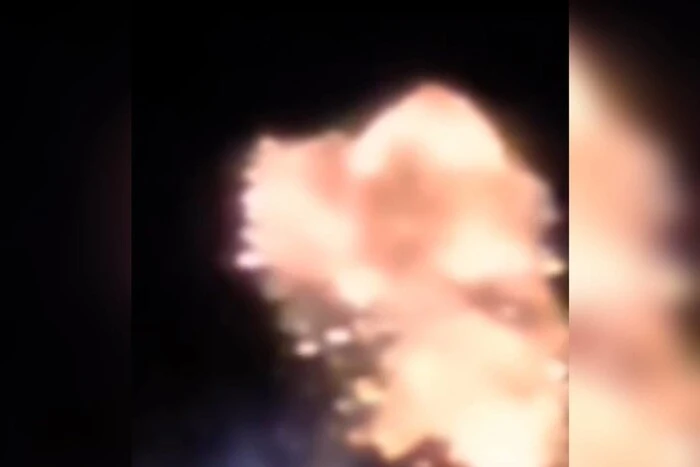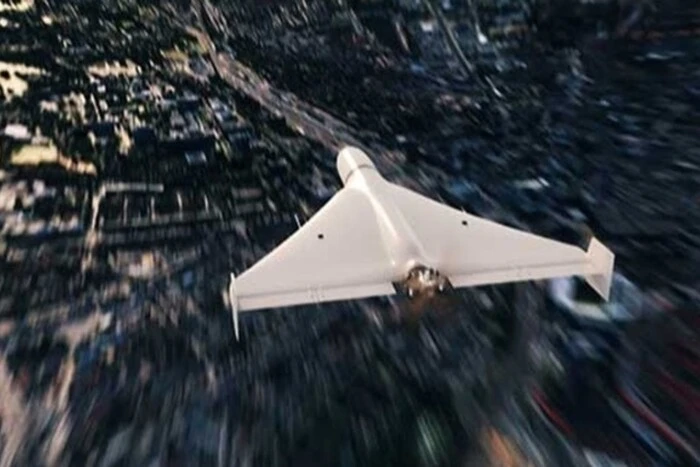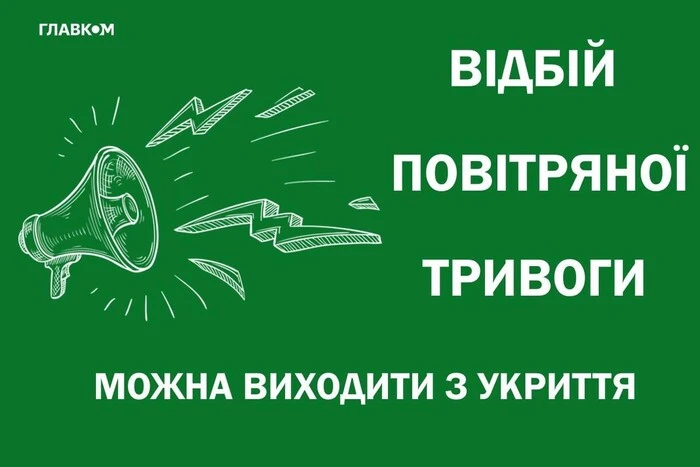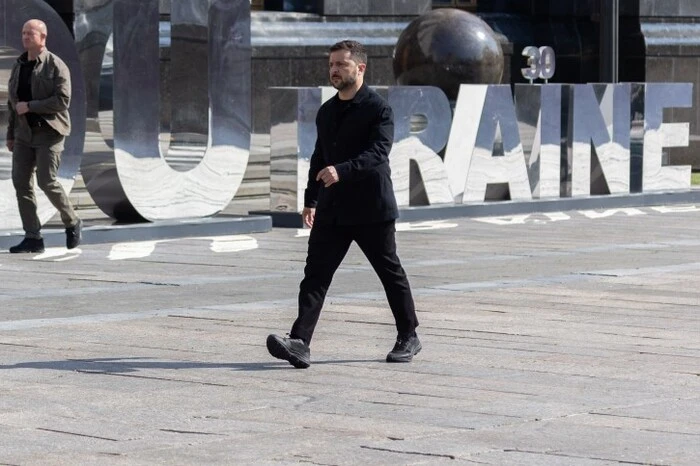Black day in Poltava. What is known about the Institute of Communications, which was hit by the Russians.

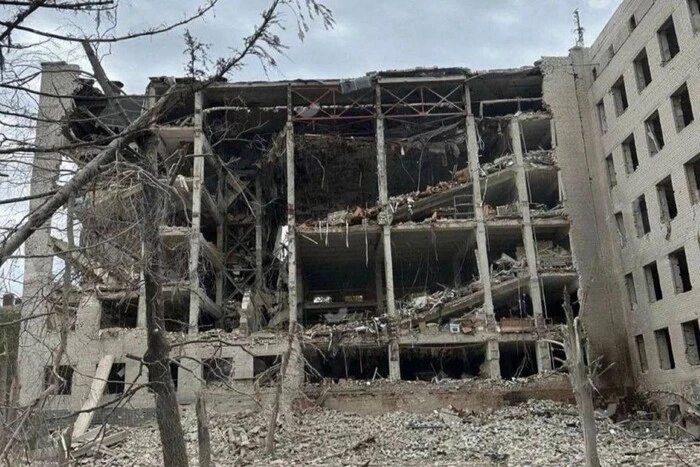
On the morning of September 3, two enemy missiles attacked the Military Institute of Telecommunications and Informatization in Poltava. The enemy knew where it was aiming. Not only «across the border», but many Poltava residents also knew that part of the premises and buildings of the institution, traditionally called the Institute of Communications, was also used as a training base for the Armed Forces of Ukraine.
As local residents told «Glavkom», in the morning, after nine o'clock, two explosions sounded one after the other a few minutes after the air raid siren was activated. The explosions were so powerful that the windows of high-rise buildings 5 km away from the impact site shook. And immediately, dozens of ambulances rushed to Zinkivska Street.
The Ministry of Defense reported that the missile strike happened at the moment when people were heading to the bomb shelter.
According to official data, as of 21:00, more than half a hundred people were killed and over two hundred injured as a result of the missile attack. Mostly they were military personnel. The rescue operation continued, with people under the rubble of the institute building.
Forge of personnel for communications and cyber forces
The Institute of Communications is a higher military educational institution with a history of over 50 years: it has both material and technical base and an appropriate school of teachers. The institute trained officers for the communications troops and Cyber Forces, «white-collar» military.
Until 1995, the institution was called the Poltava Higher Military Command School of Communications named after Marshal of the Soviet Union Moskalenko. Then the university became subordinate to the Kyiv Polytechnic Institute – the school was named the Poltava branch of the Kyiv Military Institute of Control and Communications, which was part of KPI. During this Time, military communicators from Central Asian countries, particularly Tajikistan and Turkmenistan, were trained here. On the basis of the institute, officers-communicators of the Armed Forces of Ukraine and groups of officers prepared for participation in peacekeeping missions in Iraq and other hot spots also underwent advanced training courses.
In 2013, the university was named the Military Institute of Telecommunications and Informatization and logically subordinated to the Ministry of Defense of Ukraine.
As this is sensitive information, we will not assert whether, with the start of the large-scale war, a part of the institute's units was relocated to other places and cities (as practiced by Ukrainian military universities) or remained at the base of this educational institution, i.e., in the buildings on Zinkivska Street.
The Institute of Communications has always been respected among the youth, even during the uncertain period of the 1990s-2000s, when the army itself was not considered a prestigious institution. Young people knew that by receiving an education here, they could move to civilian life and work in the IT sector.
In Soviet times, the institution was popular, unlike another military school located in Poltava – the artillery school. There was an opinion that those who did not have enough potential to enter a serious higher education institution, «C students», went to the artillery school, while the military communications school (now the institute) was an elite military university. By the way, the artillery school closed in the first decade of independence, and its historic building, the Cadet Corps in the very heart of Poltava, still frightens passers-by with broken windows and walls through which trees have grown. But the Institute of Communications turned out to be in demand.
The buildings hit by Russian missiles were built in the late 1970s specifically for the Institute of Communications. The educational institution was moved here from the city center, where it had been located since the beginning of its history in 1968.
When the university was «relocated», it was the northern outskirts of Poltava, a sort of industrial area interspersed with private one-story residential houses: nearby there was a turbo-mechanical plant, a railway crossing, and at that time a little-used passenger railway station, Kyivska, and fields around. And not only agricultural fields. A few kilometers behind the institute is the field of the Battle of Poltava, where in 1709 Russian Tsar Peter I gave a decisive fight to the Swedes. At the beginning of independence, Poltava residents were very proud of this imperial history, now they have stopped.
SBI opened a case
In the late 1980s, high-rise buildings for the workers of the turbo-mechanical plant grew almost close to the institute. It was these buildings that were partially damaged by the strike on September 3. Fortunately, no one was hurt in the kindergarten located next to the military object.
First Lady Olena Zelenska reported that in addition to the military university, a hospital was also affected by the Russian air attack.
Meanwhile, the State Bureau of Investigation has opened a case regarding the missile strike on the training center in Poltava, but under which article is still unknown.
Usually, after missile strikes by the Russian Federation, the Prosecutor General's Office opens a criminal case, the materials of which will serve as evidence in future international judicial processes.
Read also
- The First Lady compared the transition to the Ukrainian language to healthy eating
- Zelenskyi following Trump plans to attend the funeral of the Pope
- Japanese volunteer Fuminori Tsuchiko received a residence permit in Ukraine


